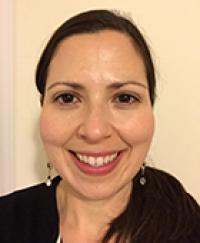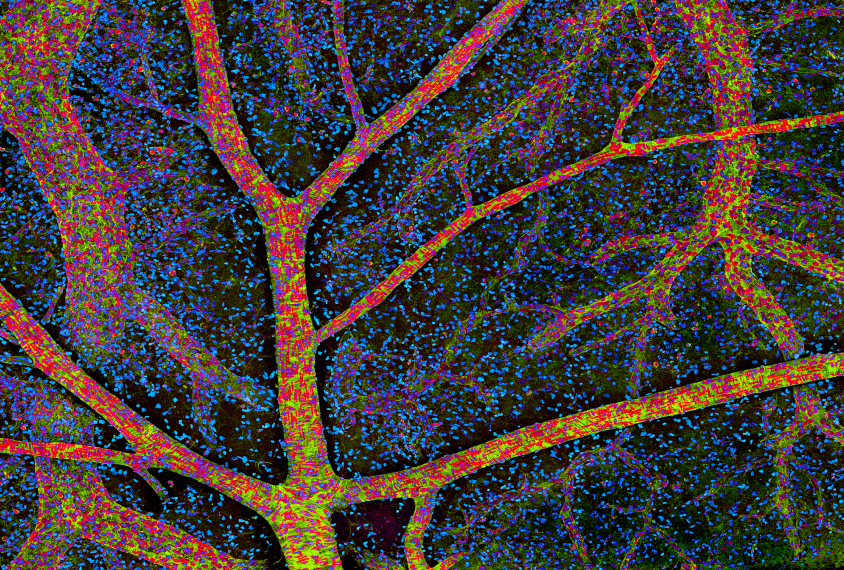Khara Ramos is director of the Neuroethics Program, and health scientist administrator in the Office of Scientific Liaison, at the National Institute of Neurological Disorders and Stroke.

Khara Ramos
Director, Neuroethics Program
National Institute of Neurological Disorders and Stroke
From this contributor
U.S. initiative grapples with ethical questions on brain research
Khara Ramos explains how the Brain Initiative incorporates the emerging field of ‘neuroethics’ into the research it funds.

U.S. initiative grapples with ethical questions on brain research
Explore more from The Transmitter
The Transmitter’s most-read neuroscience book excerpts of 2025
Books by Nachum Ulanovsky, Nicole Rust, and Andrew Iwaniuk and Georg Striedter made the list of some of the year's most engaging neuroscience titles.

The Transmitter’s most-read neuroscience book excerpts of 2025
Books by Nachum Ulanovsky, Nicole Rust, and Andrew Iwaniuk and Georg Striedter made the list of some of the year's most engaging neuroscience titles.
Neuroscience’s leaders, legacies and rising stars of 2025
Here are seven stories from the past year about some of the field’s most engaging figures.

Neuroscience’s leaders, legacies and rising stars of 2025
Here are seven stories from the past year about some of the field’s most engaging figures.
The Transmitter’s top news articles of 2025
Check out some of our most-read stories, covering neuroscience funding and policy changes in the United States, and methodological issues in high-profile neuroscience papers.

The Transmitter’s top news articles of 2025
Check out some of our most-read stories, covering neuroscience funding and policy changes in the United States, and methodological issues in high-profile neuroscience papers.